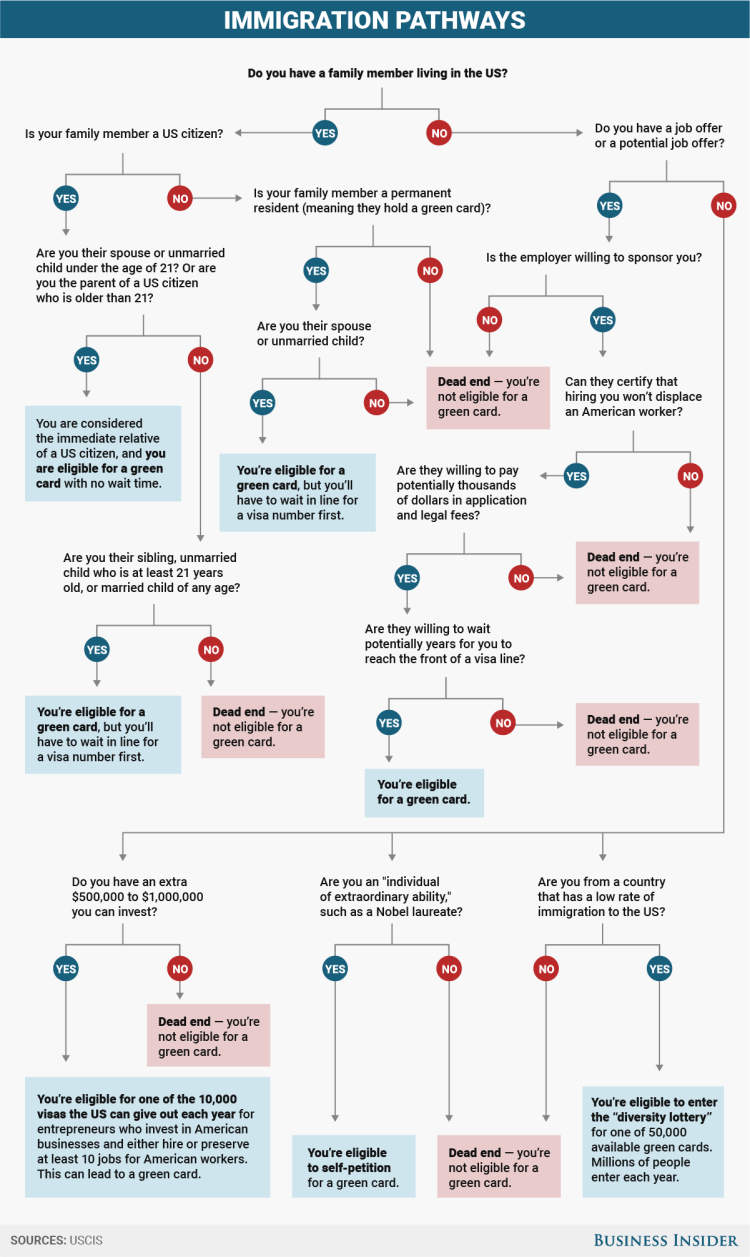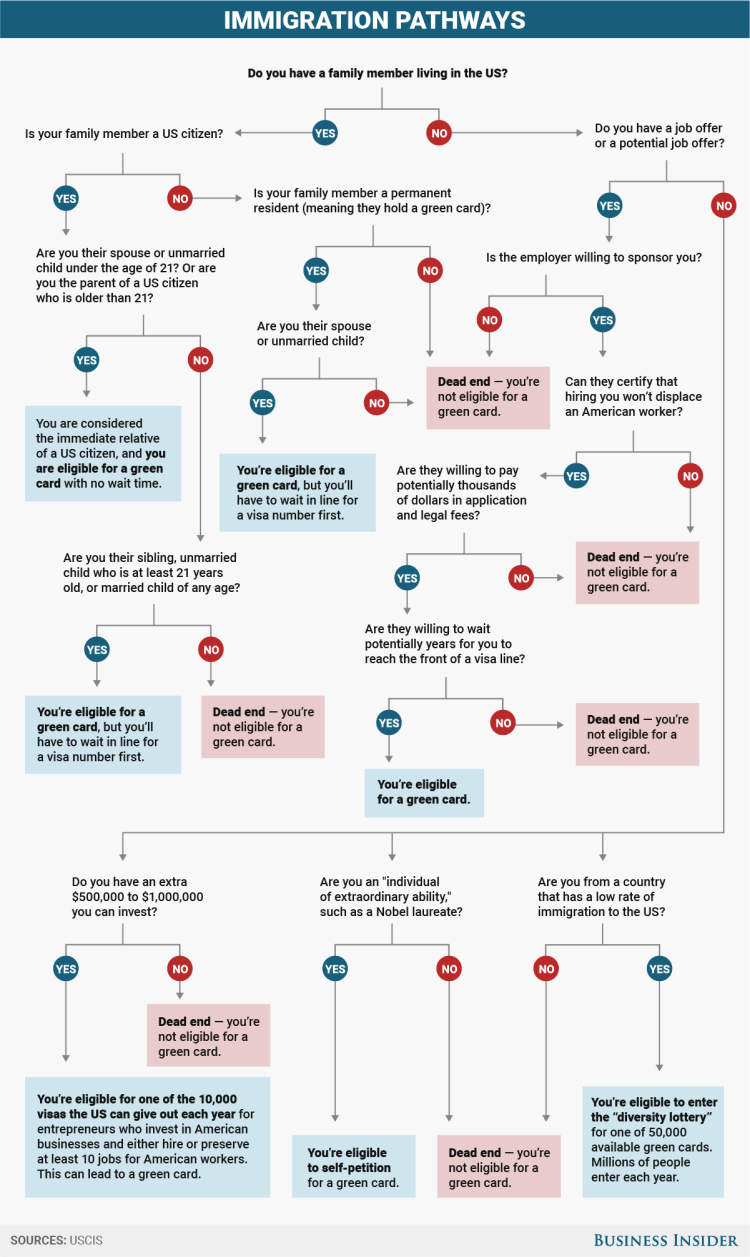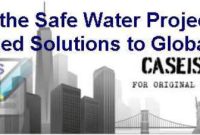Are you planning to gain permanent residency in the United States? With so many different pathways available, it can often be difficult to make the best decision. Uncovering The Different Pathways to Permanent Residency in the US provides an in-depth look at the pathways available, and the best steps to securing permanent residency.
The US is home to millions of immigrants and citizens from all across the world. In recent years, the country has developed more pathways for legal immigration. Whether you are interested in sponsorship from a family member, a job, or even investment opportunities, we will explain the strategies and details available.
Qualifying for Permanent Residency
Permanent residency is a legal status of living in the US without the need to obtain a visa or other immigration document. It typically allows foreign citizens to live and work in the US permanently, and gives them certain rights to stay in the US. To become a permanent resident of the United States, an individual must qualify according to certain eligibility requirements.
In the US, there are different pathways that an individual can use to pursue permanent residency. Some of these pathways involve family-based immigrants, employment-based immigrants, refugees, and humanitarian immigrants who are granted asylum.
Below are the different pathways to permanent residence in the US:
- Family-Based Immigration – Family-based immigrants are those that enter through a family sponsor in the US. The US may provide a permanent residency to a foreign citizen if he/she has one or more close family members who are US citizens, either spouses, parents, siblings, or children.
- Employment-Based Immigration – Employment-based immigration refers to the processes by which a foreign citizen gets a job in the US and then qualifies to become a permanent resident. US employers must first obtain a labor certification from the relevant governing authorities and then submit an immigrant petition on behalf of the foreign citizen.
- Refugees – Refugees are foreign individuals who have been persecuted in their native countries and are seeking asylum in the US. To be eligible for refugee status, a foreign individual must demonstrate a well-founded fear of persecution in their home country, due to their political opinion, race, nationality, or membership in a particular social group.
- Asylum Seeking – Another pathway to permanent residency is through the US government’s asylum program. Individuals who have faced persecution or fear torture in their home countries can seek asylum in the US and if approved, can enter the US as permanent residents.

Immigration in the United States can be intimidating and complex for those seeking a pathway to permanent residency. Navigating the immigration system and understanding the different options available can be a daunting task. Fortunately, there are several pathways an individual can take to obtain permanent residency in the US.
Those seeking a pathway to permanent residency can consider the following options:
- Adjustment of Status
- Family Sponsorship
- Employment-Based Immigration
- Humanitarian Programs
Adjustment of Status
Adjustment of Status (AOS) allows individuals to apply for permanent residency from within the United States, as long as they are already eligible for an immigrant visa. The most common method of AOS is through family-based immigration, so those with a familymember already living in the United States may be eligible for this option.
Family Sponsorship
Family sponsorship allows a U.S. citizen or Permanent Resident to petition for a relative to live and work permanently in the United States. The U.S. citizen or Permanent Resident must be a sponsor for the potential immigrant, and prove that they are able to support them financially. The prospective immigrant must also meet other criteria such as having a valid passport and providing evidence of a good moral character.
Employment-Based Immigration
Employment-based immigration allows individuals who have obtained a job offer from a U.S. employer to gain permanent residency. This option is only available to individuals working in a field where there is a shortage of U.S. citizens with the necessary qualifications. In order to qualify for this pathway, applicants must meet certain criteria including a valid job offer, proper work period, and educational criteria.
Humanitarian Programs
Humanitarian programs are designed to offer relief and assistance to individuals who cannot remain in their home countries due to war, persecution, or other dire circumstances. This can include victims of natural disasters, refugees, and asylum seekers. Those who qualify to enter the U.S. via one of these programs are eligible to apply for permanent residency.
Identifying the Advantages of Permanent Residency
Permanent residency in the US has many different advantages. It can allow non-citizens to travel the world without restrictions, gain access to preferential employment opportunities, and gain access to social programs such as education and healthcare. Permanent residents of the US are also entitled to certain political rights, including voting in local and state elections.
While the advantages of becoming a permanent resident are numerous, many people are unaware of the different pathways to permanency. In this article, we’ll uncover the various pathways to obtaining permanent residency in the US.
Different Pathways to US Permanent Residency
Becoming a permanent resident of the US varies depending on your country of origin and the the source of your residency. The following are the different ways to obtain permanent residency in the US:
- Family-Based Immigration
- Employment-Based Immigration
- Religious and Humanitarian Programs
- Student Visas
- Investment Visas
The pathways to permanent residency have their own requirements and regulations. It is important to understand which route is the best for you in order to ensure the success of your application.
Conclusion
The unified pathway to permanent residency in the US is increasingly complex, but that complexity is actually reflective of the many possibilities available to individuals from many different backgrounds. In addition to employment-based pathways, family-based immigration, student-based pathways, and refugee-based pathways are all viable options for achieving permanent residency. Legal counsel and immigration advisors should be consulted to help navigate the unique permutations of each individual’s immigration process.
At the end of the day, with the right professional advice, accurate research, and an understanding of the various pathways, permanent residency in the US is achievable. Understanding the different pathways that exist and which are most viable for each individual is the first step towards making that dream a reality.




